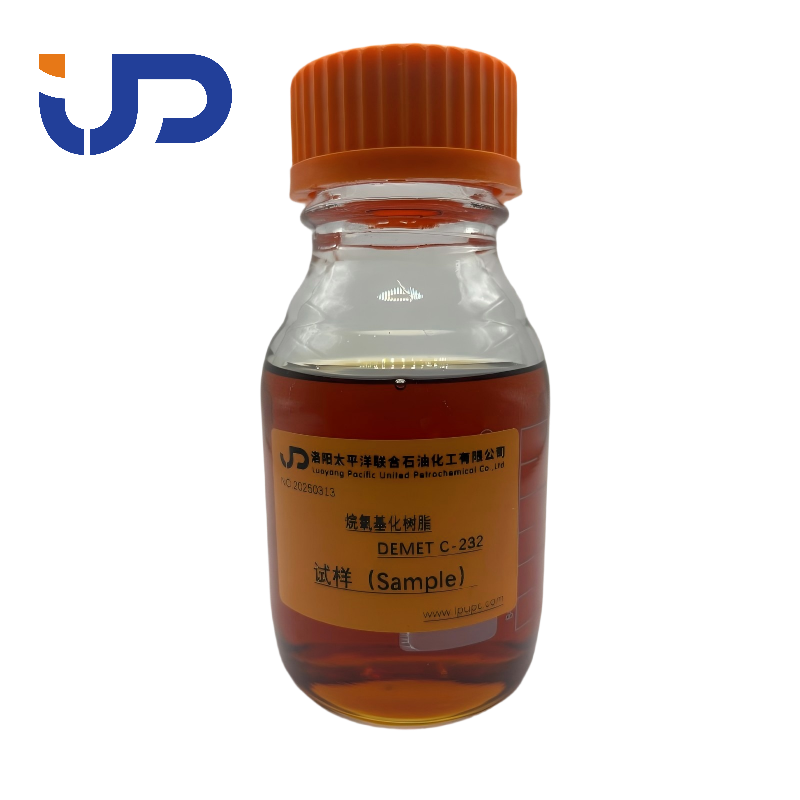
The Nemesis of Emulsion Stability – Demulsifiers
In industrial production, the stability and effective separation of emulsions are crucial technical challenges. An emulsion is a mixture formed by two or more immiscible liquids, such as a mixture of oil and water. These mixtures can form stable emulsions under specific conditions, but in many application scenarios, we need to separate the different phases in these emulsions. At this time, the role of demulsifiers becomes particularly important. This article will briefly introduce the principle, types, application in the oilfield industry and selection principles of demulsifiers, aiming to provide some help for professionals in related fields.
What is Demulsifier?
Demulsification Mechanism
Surface activity: Demulsifiers have higher activity than emulsifiers and can quickly act on the oil-water interface, replacing or neutralizing the emulsifier, reducing interfacial tension, destabilizing water-in-oil emulsions, and promoting oil-water separation. However, the level of activity is not always proportional to demulsification ability.
Reverse emulsification: Hydrophilic demulsifiers can convert water-in-oil emulsions into oil-in-water emulsions. By utilizing the conversion of the emulsification process and the instability of oil-in-water emulsions, oil-water separation is achieved, and the aqueous phase aggregates into large water droplets and settles.
Wetting and penetration: Demulsifiers can dissolve the natural emulsifier at the oil-water interface, eliminating its hindrance to water droplet coalescence. For hydrophilic solid particles, demulsifiers pull them into water droplets; for lipophilic substances, they make them leave the interface and enter the oil, facilitating the merging and settling of water droplets.
Counterion action: For negatively charged water droplets, ionic demulsifiers weaken electrostatic repulsion by neutralizing positive charges, destroying the interfacial film, and promoting the merging and settling of water droplets.
Types and Characteristics
Anionic demulsifiers: These demulsifiers form negatively charged ion groups in water and are often used for the demulsification of oil-in-water emulsions. They are usually composed of carboxylates, sulfonates, and polyoxyethylene fatty sulfate salts. Anionic demulsifiers have strong detergency and dispersibility but are easily affected by electrolytes in water.
Cationic demulsifiers: These demulsifiers form positively charged particle groups in water and are mainly used for the demulsification of water-in-oil emulsions. The representative of cationic demulsifiers is quaternary ammonium salt compounds, which have obvious effects on general crude oil but are not suitable for heavy oil and aged oil.
Non-ionic demulsifiers: These demulsifiers do not produce ions in water and are therefore not affected by electrolytes. They are usually composed of block polyethers, alkylphenol formaldehyde resin block polyethers, etc., and are suitable for the demulsification of various types of emulsions. Non-ionic demulsifiers have good wettability and permeability and are suitable for systems with low temperature and high electrolyte content.
UNPChemicals’ DEMET® series stands out as a portfolio of high-performance non-ionic demulsifiers, engineered to tackle emulsion separation challenges across industrial scenarios, with a strong focus on oilfield applications. This series encompasses multiple product types, including Alkoxylated resins, Diepoxides, Polyoxyalkylene glycols, and Polyacrylates. Leveraging their non-ionic nature, these demulsifiers exhibit excellent adaptability to various emulsion systems, resisting interference from electrolytes while delivering robust demulsification efficiency. Whether in crude oil dehydration, oil-water separation during refining, or other oilfield processes, the DEMET® series effectively disrupts emulsion stability, promotes rapid phase separation, and ensures smooth operations while enhancing overall productivity.
Amphoteric ionic demulsifiers: These demulsifiers can exhibit cationic or anionic characteristics in solutions with different pH values, so they can effectively demulsify under both acidic and alkaline conditions. They are cationic in acidic solutions and anionic in alkaline solutions, with good adaptability.
Application in the Oilfield Industry
Selection Principles
Surface activity: The demulsifier must have sufficient surface activity to effectively replace the emulsifier and destroy the stability of the emulsion. When selecting, the HLB value (hydrophilic-lipophilic balance value) of the demulsifier should be considered to ensure its effectiveness in a specific system.
Stability of the interfacial film: The interfacial film formed by the demulsifier at the oil-water interface should be easy to break, so that the droplets can coalesce. When selecting, the molecular structure and hydrophilic-lipophilic balance of the demulsifier should be considered to ensure that it can effectively destroy the interfacial film of the emulsion.
Charge neutralization: For charged emulsifiers, a demulsifier with the opposite charge should be selected to neutralize the charge on the droplet surface. This is particularly important for water-in-oil emulsions, as the stability of such emulsions largely depends on the charge on the droplet surface.
Molecular weight: Demulsifiers with relatively large molecular weights are more conducive to the aggregation and separation of droplets. High molecular weight demulsifiers can aggregate droplets through bridging, thereby coalescing, stratifying, and demulsifying.
Specific applications: For specific emulsion systems, it may be necessary to select specific demulsifiers to achieve the best demulsification effect. For example, for emulsions containing high concentrations of solid particles, demulsifiers with good wettability may need to be selected.